Sustainability
1. Minimize impact: (1) Support/prioritize wildlife habitat adjacent to, intermixed with, or inclusive of cut-flowers. (2) Use no pesticides or synthetic fertilizers, but rather use ecological strategies for minimizing pest pressure and create/use compost to enhance soil fertility. (3) Grow plants from direct-sowed seed, cuttings, and/or self-propagated bulbs/tubers, instead of indoor-grown or outsourced seedlings. (4) Regardless of intent of cutting stems, prioritize native over non-native plants to maximize benefit for the native community and to minimize disease/pest issues. (5) Sell to local markets only.
2. Conserve water: (1) Prioritize plant varieties with low to extremely low water needs, labeled as heat/drought tolerant or “xeric”. (2) Prioritize native species over non-native species to minimize the need for supplemental watering. (3) Maintain soil moisture by using covers, shades, and mulch. (4) When watering, use water naturally collected in rain barrels or a retention pond. (5) Prioritize perennial varieties to minimize caring for plants in the water-hungry establishing phase.
3. Prioritize versatile flowering plants, including: (1) Those preferred by both pollinators and humans. (2) Those beloved as both fresh and dried flowers. (3) Those beloved for multiple features (e.g., foliage, flowers, seeds/fruits). (4) Cut-and-come-again flowers. (5) Generalist varieties (e.g., tolerant to a wide range in sunlight, moisture, and/or nutrient level, soil type, and/or containment type [pot, raised bed, landscape]).
